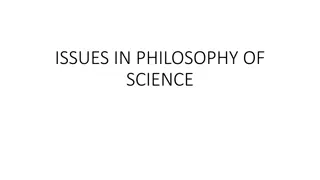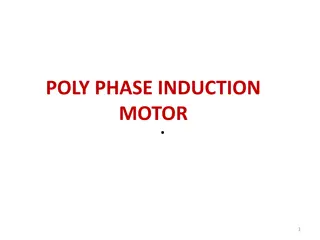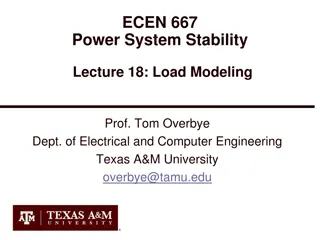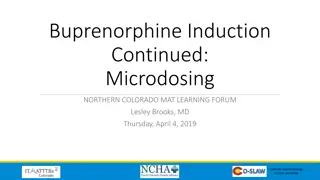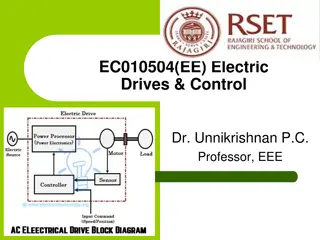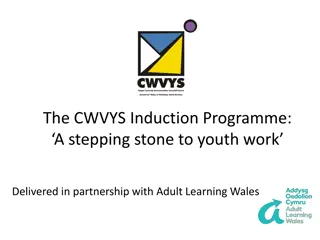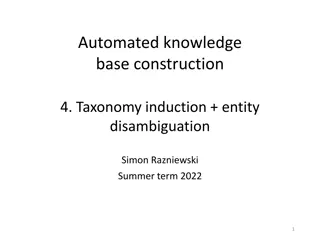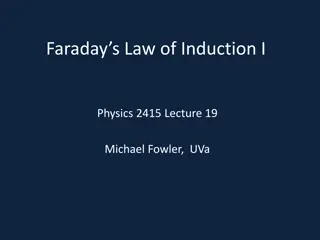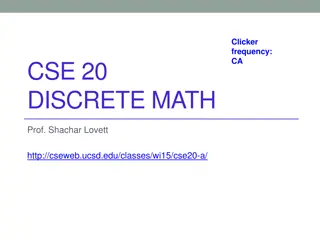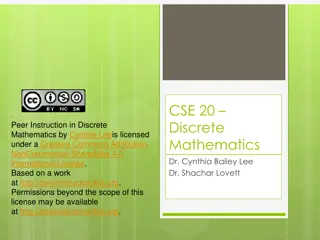SET INDUCTION
Sets are crucial before any new activity, providing clarity and motivation. Techniques include attention gaining and interest methods, following the STEP acronym for effective induction. Observational learning theory by Albert Bandura is also explored.
Download Presentation

Please find below an Image/Link to download the presentation.
The content on the website is provided AS IS for your information and personal use only. It may not be sold, licensed, or shared on other websites without obtaining consent from the author.If you encounter any issues during the download, it is possible that the publisher has removed the file from their server.
You are allowed to download the files provided on this website for personal or commercial use, subject to the condition that they are used lawfully. All files are the property of their respective owners.
The content on the website is provided AS IS for your information and personal use only. It may not be sold, licensed, or shared on other websites without obtaining consent from the author.
E N D
Presentation Transcript
SET INDUCTION Sets are used before any new activity, from introduction of a new concept to giving homework. It is important in each set both to create clarity about what is expected to happen (both what you will do and what they should do), and To create motivation .
Set induction can be done by such as: Explaining potential benefits to the learner. Giving clear instructions. Describing what is going to happen.
The STEP acronym may be used to help remember what to do: Start: Welcome the students, settle them down and gain attention. Transact: Understand their expectations and explain yours. Link with previous learning. Evaluate: Assess the gap between their expectations and current reality. Clarify any discrepancies for them. Progress: Move on to the main body of learning.
SET INDUCTION TECHNIQUE Attention Gaining Method Interest Method
Attention Gaining Method Perform or do something Do nothing Start talking in low tone Eye focus on students with disruptive behavior
Interest Method Ask perplexing questions Show specimens , samples or real objects Present a case study Show pictures Give demonstration
OBSERVATIONAL LEARNING THEORY (Albert Bandura)





